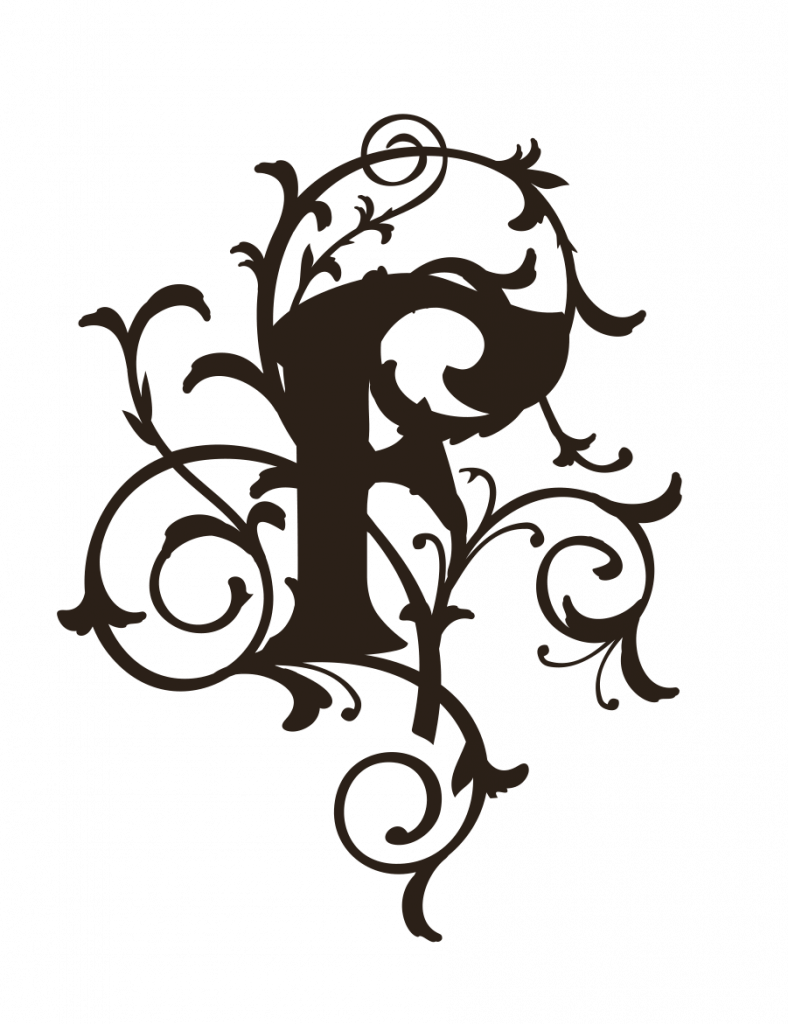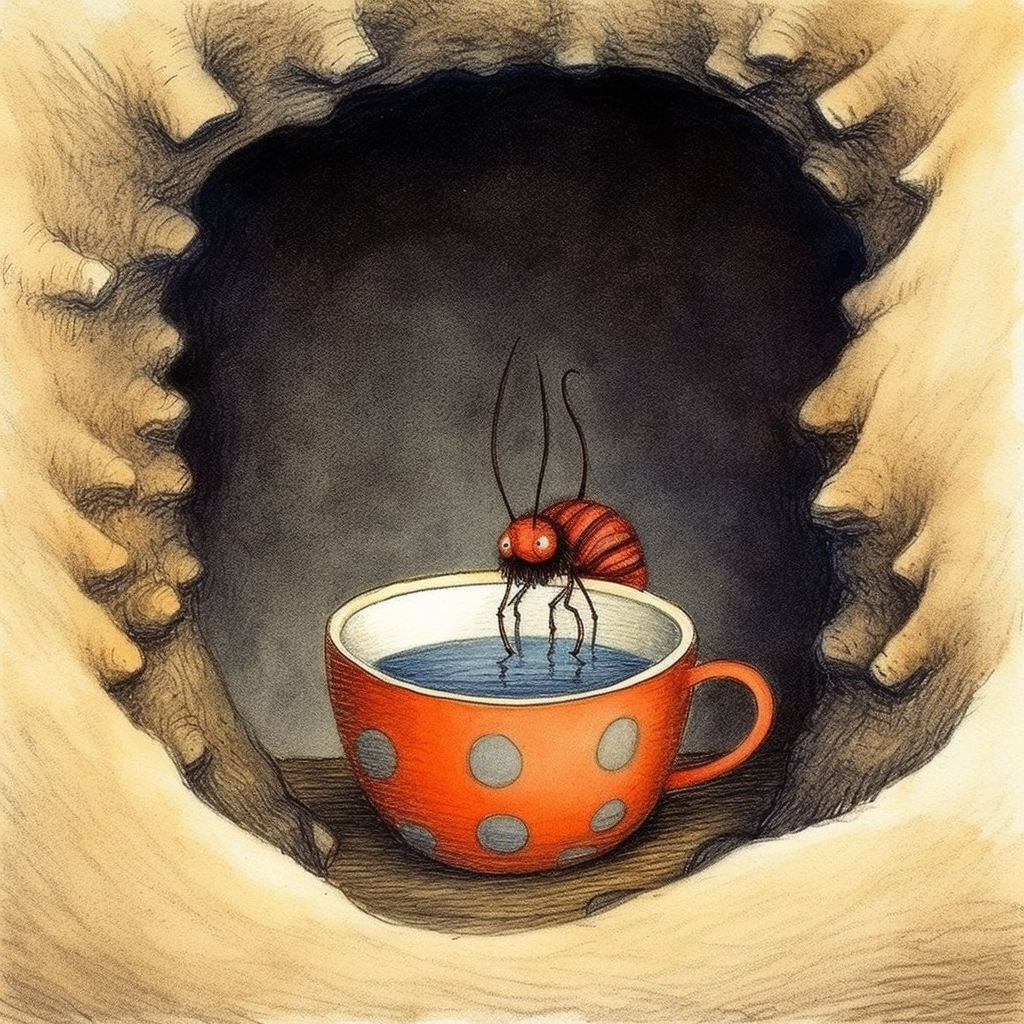Consonants [F] and[G]
For Lesson 3 we are going to continue learning the alphabet letter names and sounds with the consonants, [F] and [G]. [F] as in fan, [G] as in gate.
Instruction
Feel free to adapt these lessons as needed. Resource links are listed at the bottom of the page.
Materials
- alphabet flash cards or something similar with one card for each letter.
- Sight Word flashcards
- wide-ruled handwriting paper (download below or make your own with lines 2 inches apart)
- large markers for your child to write the letters
- 45-60 minutes depending on your child’s age (shorten the time for younger children)
The first step in teaching letter sounds to your child is to model the sound of the letter (with correct pronunciation). Then have your child repeat the sound after you. Have your child sit directly across from you in their chair, ideally with a table in between you and your child.
Review
Review previous lesson(s) as needed. For review, simply go over the lesson a second time, perhaps a few days after the lesson was initially taught. Then move on to the next lesson unless your child has difficulty.
Lesson 3
Pronounce the Letters and Letter Sounds [F], [G].
Letter F

The Sound of the Letter F
Place the letter card (flashcard) on the desk in front of your child. Point at the letter. Say “This is the letter F.” F as in fan. Show them a picture of a fan.
Say the sound the letter f makes so your child can easily hear your pronunciation.
“fffff, fffff, fffff, ffffff, fffff”
Next, have your child say the f sound, just like you did. If they aren’t sure or if they make mistake, help or correct them by repeating the pronunciation yourself.
“fffff, fffff, fffff, ffffff, fffff”
Letter F at the beginning of a word ~ Alliteration for Consonant Practice
“The family on the farm flew away with the breeze of the fresh flowers.”

Repeat the alliteration a few times and clap along with your sentence. See if you can get your child to repeat the sentence and clap along with you.
Use the picture to illustrate. Feel free to make up your own for extra practice.
Letter F at the end of a word ~ Rhymes and Rhyming Words for Consonant Practice
“The giant leaf sank to the bottom of the reef while the tourists ate their beef.”

Repeat the rhyme a few times and clap along with your sentence. See if you can get your child to repeat the sentence and clap along with you.
Use the picture to illustrate the rhyming sentence. Feel free to make up your own for extra practice.
Letter G
The Sound of the Letter G
Place the letter card (flashcard) on the desk in front of your child. Point at the letter. Say “This is the letter G.” G as in gate. Show them a picture of a gate.
Say the sound the letter g makes so your child can easily hear your pronunciation. Don’t say the whole word! Just say the first sound, the g sound.
“guh, guh, guh, guh, guh, guh”
Next, have your child say the g sound, just like you did. If they aren’t sure or if they make mistake, help or correct them by repeating the pronunciation yourself.
“guh, guh, guh, guh, guh, guh”
Letter G at the beginning of a word ~ Alliteration for Consonant Practice
“The giraffe stood gallantly inside the garden gate.”

Repeat the alliteration a few times and clap along with your sentence. See if you can get your child to repeat the sentence and clap along with you.
Use the picture to illustrate your alliteration. Feel free to make up your own for extra practice.
Letter G at the end of a word ~ Rhymes and Rhyming Words for Consonant Practice
“The bug in the rug dug a small tunnel under the mug.”

Don’t forget the letter G flashcard too!
Repeat the rhyme a few times and clap along with your sentence. See if you can get your child to repeat the sentence and clap along with you.
Use the picture to illustrate your sentence. Feel free to make up your own for extra practice.
Combining Sight Words with Phonics Instruction (Do this on a different day(s))
High frequency sight words (also known simply as sight words) are commonly used words that young children are encouraged to memorize as a whole by sight, so that they can automatically recognize these words in print without having to use any strategies to decode or sound out the words they are reading.
Sight words account for a large percentage (up to 75%) of the words used in beginning readers’ print materials. The advantage for children being able to recognize sight words automatically is that a beginning reader will be able to identify the majority of words in a text before they attempt to read it; therefore, allowing the child to concentrate on meaning and comprehension as they read without having to stop and decode every single word.
Play “Sight Word Bingo” or use a flashcard set for the following Sight Words for this lesson (taken from Fry’s Sight Word List 1st ~ 100):
Download Fry Sight Word Lists at the end of the lesson or visit their website online for more information.
Instructions for Sight Words
be, but, by, first, for, from, had, have, him, how, like, long, look
Place the sight word card (flashcard) on the desk in front of your child so they can see it. Point at the word and say it at the same time.
“be”
Make an effort to enunciate correctly so your child will hear the correct pronunciation.
Use the word in a sentence, “Will we be going to the movie today?” Exaggerate the pronunciation of the sight word for your child.
Then ask your child to repeat the sight word you just said. Be sure and correct them if they make any mistakes. Encourage them and praise them for their effort and pronunciation, even if they make mistakes. Otherwise they will be discouraged from trying.
“be”
Repeat for the remaining sight words: Don’t forget to play Sight Word Bingo afterward! Find downloadable Sight Word Lists at the end of this lesson.
Writing the Letters ~ F, and G
Use wide-ruled handwriting paper and large markers or extra thick pencils for this step.
See downloadables and resource links at the end of this lesson.
Explain to your child that they are going to write letter F.
[1] have your child or assist your child with writing (or tracing prewritten letters) on the handwriting paper
[2] have your child make 5-6 letters
[3] correct any mistakes and reward them (verbally or with small stickers) for their work
[4] Next, repeat this exercise with the remaining letters
